BLU Vivo Air Review
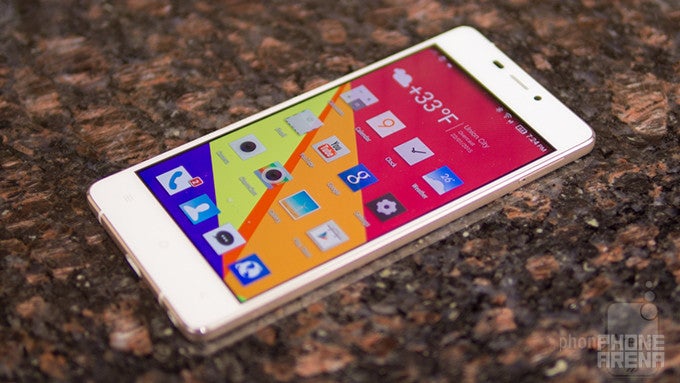
Introduction
CES 2015 has come and gone, resulting in a decent number of announcements regarding smartphones – with some more prominent devices like the LG G Flex 2, Samsung Galaxy A5, and Asus ZenFone 2 being unveiled at the show. One company in particular, BLU Products, piqued our interest when they announced a total of 7 brand new smartphones at CES. Among them, the BLU Vivo Air stands out primarily for its super svelte profile of 5.1mm, making it one of the slimmest smartphones. For many, it’s a name that not too many consumers might be familiar with, but it's also interesting to note that it's actually a rebranded Gionee Elife S5.1 – a smartphone that was recently recognized by Guinness World Records as the world’s thinnest smartphone.
The package contains:
- microUSB cable
- Wall charger
- Stereo headphones
- Screen protector
- Protective silicone case
- User manual
Design
Lightweight and incredibly skinny, there’s also a premium quality attached to its construction that makes it a joy to hold.
No doubt, we’re utterly blown away by the BLU Vivo Air’s incredibly thin construction of 5.1mm! It’s super skinny and lightweight, but unlike other smartphones that claim to have svelte constructions, the BLU Vivo Air’s profile is uniform – meaning, it’s flat straight through with no camera lens sticking out or one side of the phone being thinner/thicker than the rest.
At the same time, it’s not fragile because its plastic body is reinforced by the high quality aluminum magnesium alloy bezel around its trim, and Gorilla Glass 3 that completely covers both the front and back of the phone. Taking into account its low outright cost, we’re absolutely astounded by the premium quality that accompanies the phone.
Even though its design language will draw many comparisons to another beloved smartphone (think iPhone 6), it’s pretty nice to know that the Vivo Air is uniformly flush all around – the only things to stick out from its body are the power button and volume controls on its sides. Our particular model sports a white casing accented by the gold trim bezel, but they also offer it in black with a silver trim.
Looking around the sides of the phone, it also features a 3.5mm headset jack, microphone, microUSB 2.0 port, and microSIM slot. Rounding things out, we find its earpiece, light & proximity sensors, capacitive Android buttons, and 5-megapixel camera around its front side – while the rear is home to its speaker grill and 8-megapixel camera with LED flash.
Display
Talk about over-saturated colors! The display stays true to all of the qualities we expect from AMOLED technology.
The compact feel of the BLU Vivo Air is attributed to its 4.8-inch 720 x 1280 (720p) Super AMOLED display, which dishes up a respectable screen-to-body-ratio of 67.55%. Clearly, the specs aren’t anything to write home about, but we find it more than effective enough to deliver sharp enough details.
Being AMOLED and all, it exhibits all of the qualities we find with the technology – like its over-saturated colors, wide viewing angles, and that true deep black color. Naturally, the screen glows in a vibrant manner, but it’s quite noticeable that the colors are far from being the most accurate. In addition, its maximum brightness output of 243 nits makes it unusable under direct sunlight – that’s unless it’s shielded, of course.
Interface and Functionality
The customized Android 4.4.2 KitKat experience is straightforward and without complications.
Out of the box, the BLU Vivo Air is running a customized Android 4.4.2 KitKat experience, but we’re told that an update for Android 5.0 Lollipop will be rolling out sometime in June. Simplicity, that’s the name of the game here, since it doesn’t try to over-complicate things with secondary features. However, id does offer a few that we find useful. In particular, when we swipe to the left in the lock screen, we’re presented with a widget that allows us to snap a quick photo, make an audio recording, turn on its LED flash, and even make a fake phone call. With the latter, it simulates an incoming phone call “to easily get away from predicament.”
There are also various smart gestures available with the experience, which help us to accomplish things – with some being more than useful than others, obviously. Similar to other smartphones, namely the LG G2 and G3, we can turn on the display by double tapping on the screen. Furthermore, there are other smart gestures that allow the phone to automatically accept a call when the phone is placed next to our ear, pause an alarm by flipping the phone on its back, and more.
Processor and Memory
It’s just underpowered, which makes it struggle to handle heavier things.
The biggest drawback we feel with the BLU Vivo Air is its underperforming power, which is handled by a an octa-core 1.7GHz ARM Cortex-A7 chip coupled with 1GB of RAM and the ARM Mali-450 GPU. For most basic tasks, it’s able to handle them in a smooth manner, but it’s quite evident that it’s not the kind of thing for heavy gaming. It just lacks that tight response we’re commonly exposed to with high-end phones, so it can be pressing matter just waiting for it to do things.
You’ll want to choose carefully what kind of media content you’ll want to load into the phone, just because it’s outfitted with only 16GB of internal storage – with no room for expansion whatsoever.
Internet and Connectivity
In general, it handles the task of surfing the web with ease – despite it only featuring HSPA+ connectivity.
For most of us here in the US, we’ve been spoiled by 4G LTE connectivity in our smartphones – so for some folks, it’ll be a test in patience with its HSPA+ connection. Despite that, it’s still equipped to handle surfing the web with either Chrome or its stock browser. Pages for the most part don’t take an exorbitant amount of time to load, which is always a good thing, but we’re happy to also see that navigational controls are generally smooth.
International travelers will really appreciate that the BLU Vivo Air is an unlocked GSM device, however, as we’ve mentioned previously, it’s only armed with HSPA+ connectivity for data. Of course, it features aGPS, Bluetooth 4.0, and 802.11 b/g/n Wi-Fi, but it lacks NFC.
Camera
Still image results under good lighting are pretty decent in quality, but not so much with video recording.
Funny, even though BLU didn’t mess around too much with the UI, they’ve done more with the camera app over everything else. Running the main camera app, it sports a clean interface with a few shooting modes – such as HDR and panoramic. However, it doesn’t have any sort of manual settings. Alternatively, there’s a lot of fun with the “CharmCam” app, which offers us with even more fun shooting modes and ways for it to take shots. To be more exact, we can set it to automatically snap a shot by using the gesture shot, where we throw up the two-finger peace sign, or by simply smiling.
In terms of image quality from its 8-megapixel rear camera, its performance varies on the scenery – where the best results are achieved with outdoor shots under plenty of lighting. They’re good enough to the point of making them usable, but its quality drastically diminishes under low light. Its composition is filled with heavy noise, significantly softer details, and some purple fringing. Oh yeah, we should point out that it takes an obnoxiously long time for it to snap a shot, which leads to missed chances.
We’re not fans of its 1080p video recording, seeing that the results are less than flattering. First and foremost, it’s pretty light on the details, but they’ve tried to offset that by giving it an over-sharpened look. Secondly, it falls victim to heavy noise, which is even problematic in brightly lit environments. And finally, there’s this profound jiggle effect when panning.

Multimedia
The internal speaker is just weak and thin, lacking any serious substance with its quality.
Besides the Google Play Music app, there’s also BLU’s own custom music player to use – one that sports a straightforward operation. Even though its speaker is able to muster up a respectable 72.2 dB of power, its quality is more thin and light than anything else. Yeah, there are manual equalizer controls to try and enhance its quality, but there’s no hiding away from its mute production.
Thanks to its Super AMOLED display, it’s the perfect thing for our eyes to feast upon when it comes to watching videos. Offering wide support for various codecs, they’ve enhanced the experience by throwing in a multi-tasking element – where a video can be minimized into its own window. Naturally, there’s going to be some hitches to the operation of other things, but the video itself keeps on playing smoothly.
Call Quality
Surprisingly, it’s pretty capable at dealing with phone calls.
Frankly, it’s pretty good at handling phone calls, since the earpiece is ample enough in volume to make out voices. Our only complaint is with the speakerphone, which is lacking in volume and substance, as voices are accompanied with a crackly tone. Regardless of that, voices come out pretty clear on both ends of the line.
Battery
It’s not great, nor is it really terrible, but power users will be kept on their toes.
BLU, in fact, manages to stuff a 2100 mAh into the slim body of the Vivo Air. Compared to other phones, it’s not as long lasting because we generally get less than a day of juice from a full charge. In our battery benchmark test, its achieves a time of 5 hours and 59 minutes – well short of some other phones with batteries that are comparable in size. Honestly, though, it’s not too terrible, but it’s something to think about if you’re a power user.
Conclusion
Holding onto the BLU Vivo Air for the very first time, it’s hard to imagine that it’s priced at $200 – the outright cost for the phone; not subsidized. That’s pretty incredible given its world-class razor profile and the premium aesthetic that’s attached to its design. However, it’s not without its unpleasant qualities, which is a given expectance with a phone at this price. Without question, though, it’s one gorgeous looking smartphone that will catch eyes for its unprecedented 5.1mm thin construction. Its pricing, too, is icing on the cake that makes its underachieving qualities tolerable enough for us to accept.

Follow us on Google News
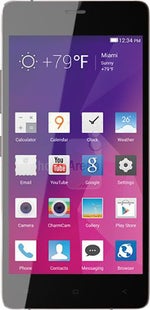
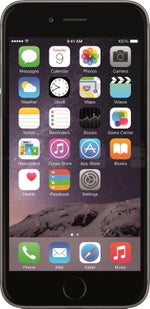
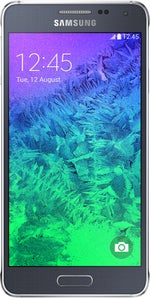
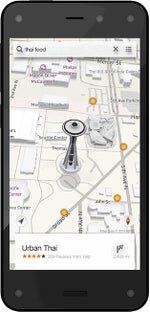
















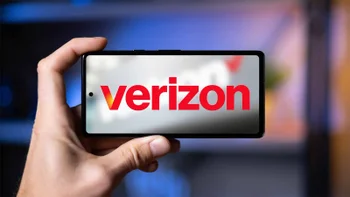
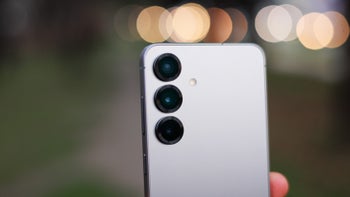

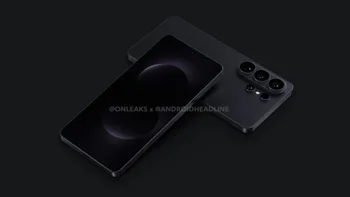
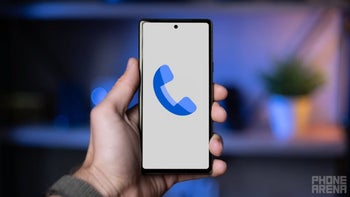

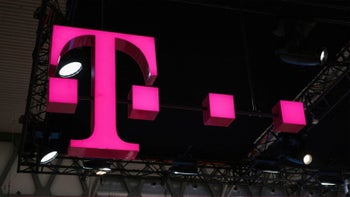

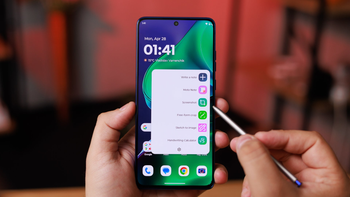


Things that are NOT allowed:
To help keep our community safe and free from spam, we apply temporary limits to newly created accounts: